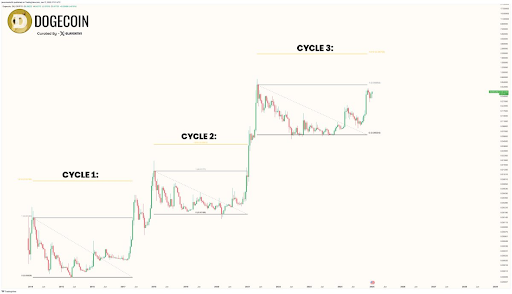The Sackler family and the opioid maker they founded, Purdue Pharma, have together agreed to pay $7.4bn to settle liabilities over their roles in the opioid crisis, ending months of negotiations after a previous deal fell apart.
This latest agreement, which still needs bankruptcy court approval, is $1.4bn greater than the previous deal struck between the parties. The new settlement was agreed between more than a dozen US states and other individuals who had filed lawsuits against the company.
The drugmaker initially filed for bankruptcy in 2019 in a New York federal court to manage hundreds of lawsuits over its role in the opioid crisis. As part of the agreement, the Sackler family will pay $6.5bn over the next 15 years, while Purdue will pay $900mn.
“Families throughout New York and across the nation are suffering from the immense pain and loss wrought by the opioid crisis,” New York attorney-general Letitia James, one of the officials who helped broker the deal, said on Thursday. “While no amount of money will ever fully repair the damage they caused, this massive influx of funds will bring resources to communities in need so that we can heal.”
The latest Purdue settlement is one of the biggest potential payouts to emerge from the US opioid crisis, which has led to more than 600,000 deaths since 1999, according to the Centers for Disease Control and Prevention.
A previous $6bn deal agreed between the Sackler family and creditors — which was largely negotiated during the pandemic — was struck down by the US Supreme Court last summer. The agreement relied on shielding family members from future lawsuits, which the high court said was impermissible without the family members filing for bankruptcy themselves.
The new deal is structured so that the Sacklers are not given automatic protection from liabilities, but victims will need to agree to not pursue further legal action in order to receive a payout, according to the New York attorney-general office’s statement.
The Supreme Court decision had left lawyers and companies trying to decide how to resolve so-called “mass torts”, where corporate product liability claims totalled in the thousands of victims and hundreds of millions or even billions of dollars.
The funds committed by the Sacklers and Purdue will be used over the next 15 years to fund opioid addiction treatment and recovery programmes, Texas’s attorney-general’s office said.
Critically for many victims, members of the Sackler family will no longer be allowed to sell opioids in the US as part of the deal, and their ownership of Purdue has ended.
The Sackler family did not immediately respond to a request for comment.
































You must be logged in to post a comment Login